Trinity Forest is the new host of the PGA Tour’s AT&T Byron Nelson Championship. The Coore & Crenshaw design opened in 2014 and is built on an old landfill. This is a splendid course that offers a vastly different venue than your typical PGA Tour course. It’s designed to play firm and fast and places an emphasis on the ground game, shotmaking and strategy. There are quite a few fantastic golf holes, including the 420 yard par-4 6th. Listen to our Podcast with Bill Coore discussing Trinity Forest here
Unlike many PGA Tour stops, Trinity Forest puts an emphasis on approach angles and positioning. It will be at its best if the course is firm and fast. This conditioning will make the course play far shorter than the yardage but force players to think about where they are landing their shots on approaches.
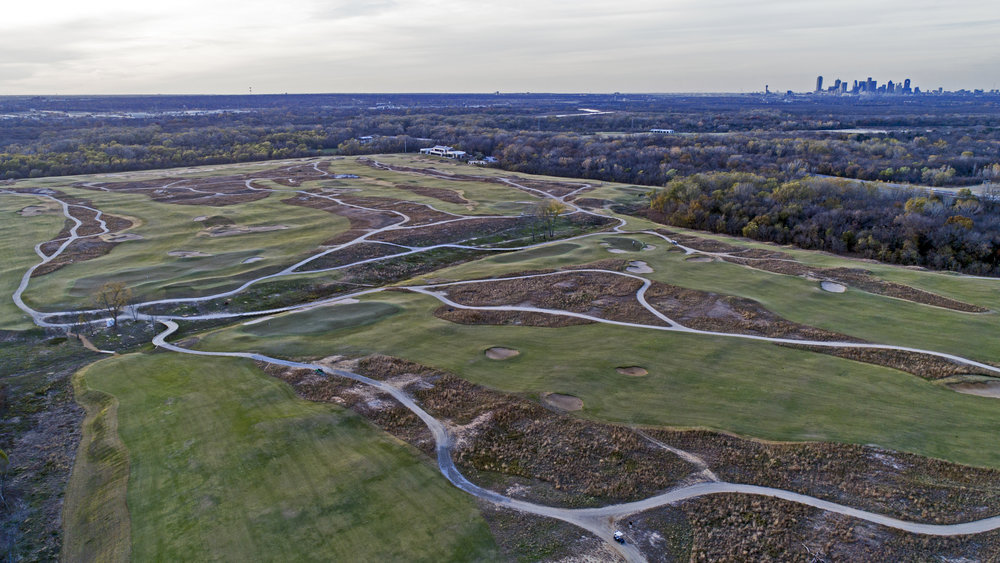
Off the tee – The par-4 6th hole is a great example of what Coore & Crenshaw usually set out to achieve in their designs. Off the tee, the left side of the fairway is the ideal angle of attack. However, this left side is guarded by three bunkers. C&C used centerline bunkering, not once but twice, to stimulate indecision and thought off the tee. The first of the two centerline bunkers sits on the left portion of the 70-yard wide fairway, 279 yards from the back tee. Just left of it, 284 yards from the tee, is the left fairway bunker. Together, these bunkers force players to thread a driver in a 20-yard wide window in order to gain the ideal angle of attack and a wedge approach. Longer hitters who can carry the first bunker have to deal with a narrowing fairway and a second fairway bunker at 327 yards.
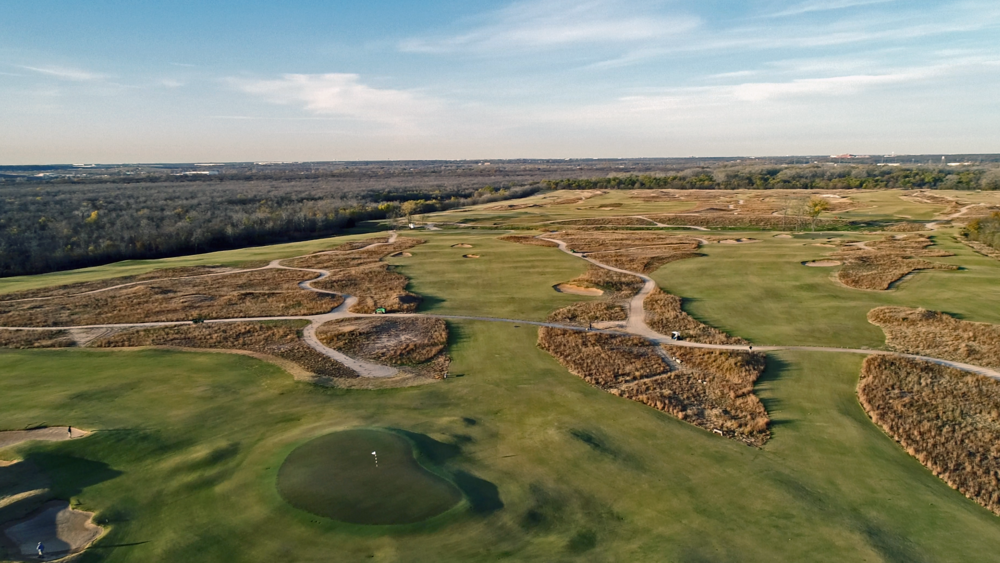
This bunkering leaves players with three options:
Option A: Thread a driver through the narrow gap on the left to gain the advantage of a short wedge from a perfect angle.
Option B: Layup short of of the centerline bunker which leaves a short to mid iron into the green, depending on the wind.
Option C: Hit the ball right of the centerline bunker, gaining the advantage of a wedge but losing the ideal angle.
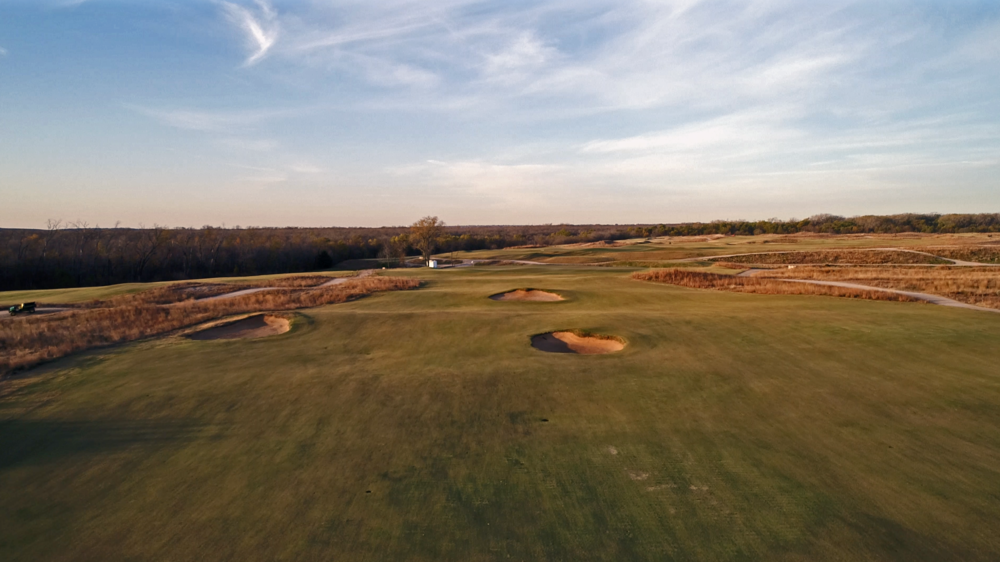
The green and the approach shot – The green complex highlights the importance of the angle of approach. The green is shallow, wide, has an intimidating false front and several subtle humps and bumps throughout. A large spine bisects the green into a right and left half.
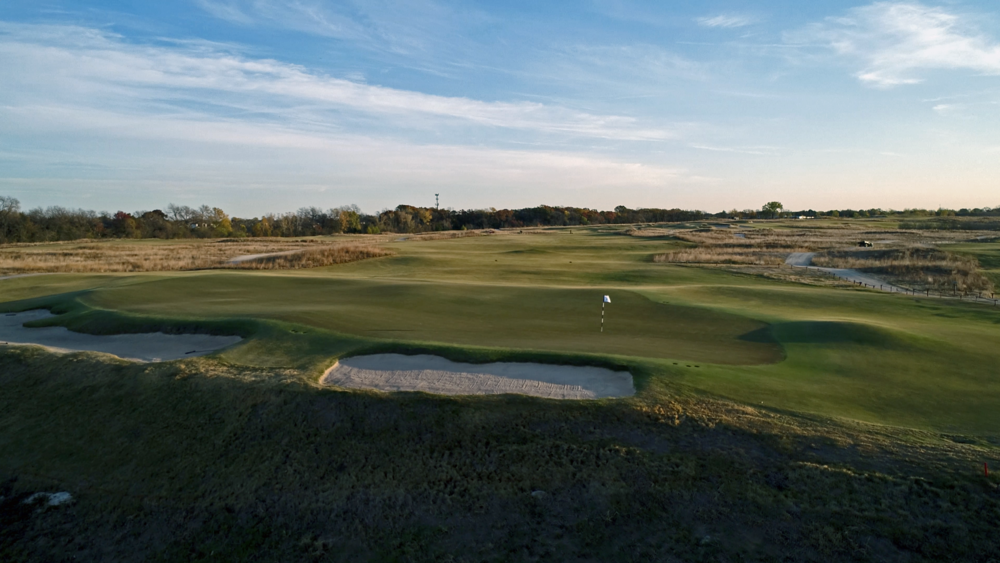
The right side of the green is larger and has a few knobs that may deflect shots away into one of the two back bunkers. Approaching from the left side of the fairway provides a far better angle of attack than the right. The left half is smaller and has a little bit of a bowl effect which can be taken advantage of from the left side of the fairway. The unprotected opening to the green allows approaches through the air or on the ground.
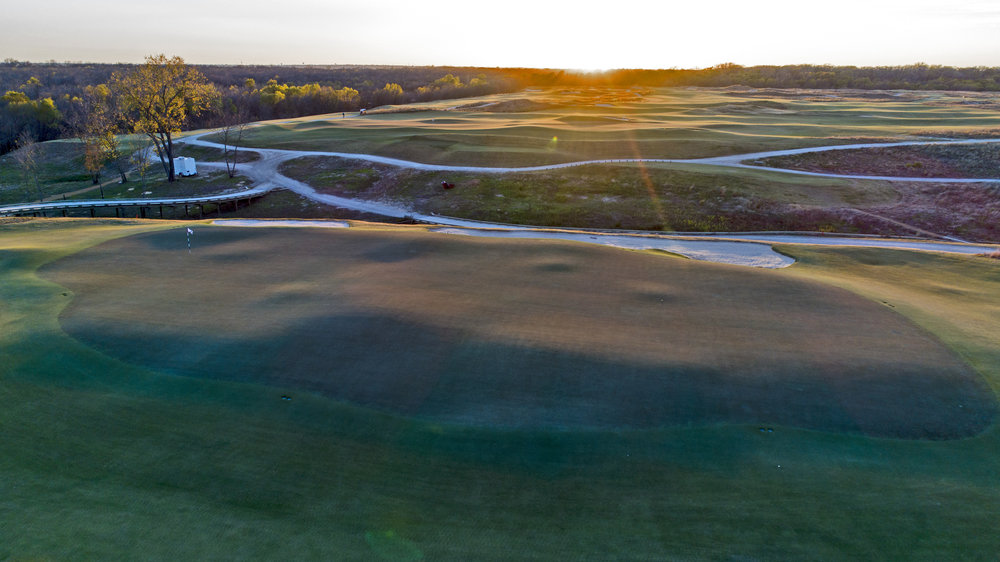
A conventional aerial shot is difficult when the hole plays downwind. The large false front has a downslope on the backside. In firm conditions with a helping wind, any shot that lands on the backside of the front is dead – no chance to hold the green. Any approach from the left also has to be perfect. From that side, players have to deal with the center spine and false front, giving an area the size of a bath towel to land it and hold the green.
The pros rarely use the ground game at most Tour setups. They may have to here. The ground shot offers a more equitable option. The false front presents the biggest challenge, but the green contours on the left side can help funnel shots towards the pin.
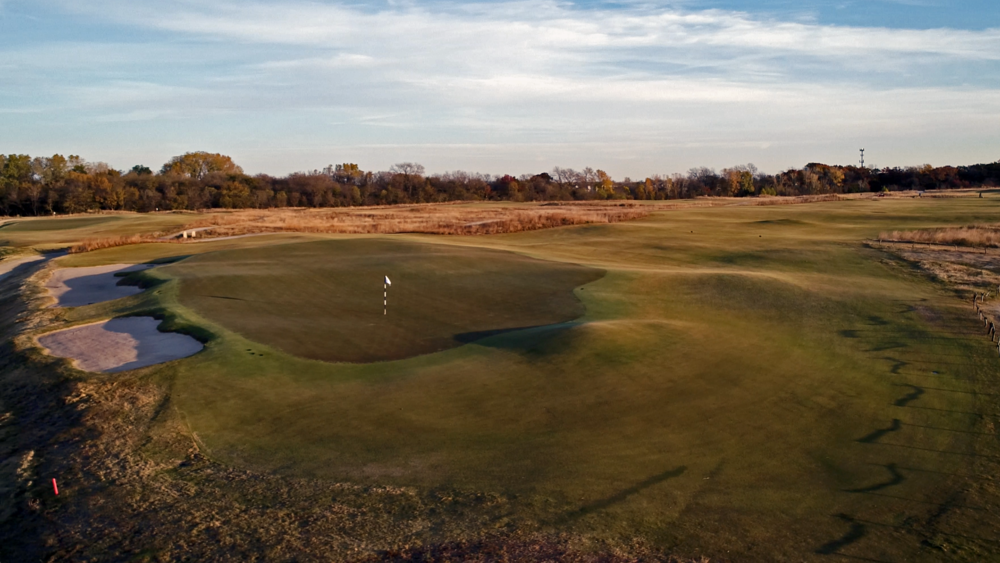
It will be interesting to watch how the world’s best players strategize and tackle the 6th. I expect the decision off the tee to be dictated by the wind. When it’s downwind, play will be more aggressive to attempt to get a spinning wedge in hand. When it’s into the wind, players will lay back and use the wind to stop an aerial shot. With simple fairway bunkering and an interesting green complex, Trinity Forest’s modest 420-yard par-4 6th is quite the test.


 by
by 
